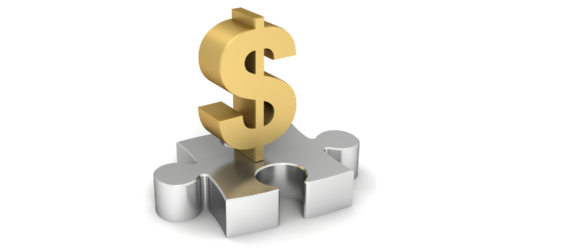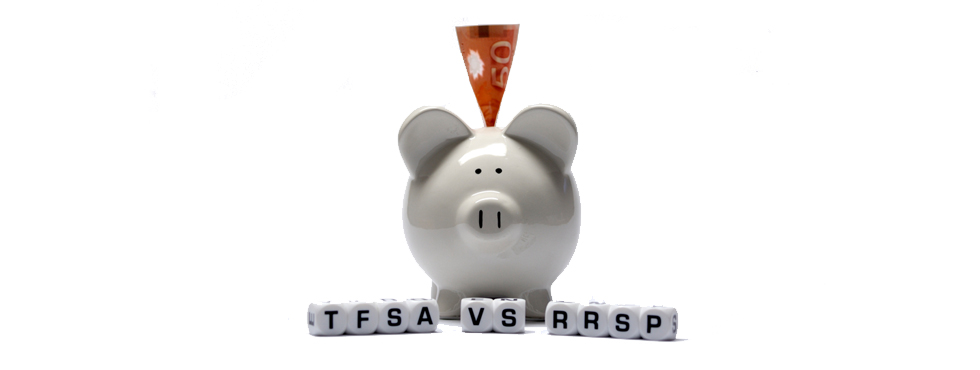This can be a puzzle, especially when integrating several different pension income streams, for example perhaps an employer sponsored pension, Canada Pension Options, Old Age Security Options, avoiding OAS claw back, and planning income from personal investment plans including RRSPs and perhaps some Locked-In Retirement accounts and/or your self-employed business.
Employer Sponsored Pension Plans
An employer sponsored pension plan will be subject to maximum pension withdrawal limits and may be based on a Defined Contribution Plan (DCP) which provides income much like a personal RRSP. The amount of the pension income will depend on how much money is in the fund, the rate of investment return and the age of the retiree. It will also depend on the type of income stream you consider, for example a guaranteed annuity paid each year, or a flexible withdrawal based on the amount available in the fund in any given year.
Other employer pension plans are Defined Benefit Pension Plans (DBP). These types of plans are generally available to public service employees and the pension paid on retirement is based on the pension formula in the Defined Benefit Plan. This formula includes factors such as age, years of service and salary level while employed. Some DBP plans include several choices of survivor options for the spouse or beneficiaries. For example, a guaranteed benefit period of up to 15 years if the retiree dies within the guarantee period, payable to the beneficiary. Or a joint and last survivor pension of up to 100% of the retiree’s pension payable to the spouse for life, if the retiree pre-deceases the spouse.
Canada Pension Plan
CPP retirement income can be accessed as early as age 60 on a reduced basis (.6% for every month prior to age 65), can commence at age 65, or can be deferred to age 70 with payments increasing over the age 65 maximum (by .7% per month over age 65).
Old Age Security
OAS can be accessed at age 65 or deferred as late as age 70 and for every month deferred increases by .6% up to a maximum of 36%. You might consider deferring OAS if your annual pension income from other sources exceeds the taxable income level for OAS claw back, (currently $72,800 and over). For example, if your goal is to have higher spending levels prior to age 70 and you anticipate lower taxable income thereafter, you could consider deferring OAS – provided all the puzzle pieces fit together.
The Puzzle includes taking all of the sources of retirement income, considering the various options and strategies available within each component and fitting the pieces together within the framework of your goals and objectives. Goals and objectives include the required lifestyle expenses, income tax, discretionary spending and your desire to leave an inheritance for example, or to provide for your surviving spouse. Like any puzzle, this can take time and careful consideration of each how each piece adds to the total picture.
Do you wonder what is the best way to save – in a RRSP or TFSA?
What makes the most sense from a tax planning perspective? What about easy access to the funds if you need to cover an unexpected cash requirement?
When you deposit funds in your RRSP you are able to deduct the amount from your taxable income. You save money on your income tax bill that year, based on your top marginal income tax rate (MTR). Marginal tax rates can range from 20% to 50%, depending on your province of residence. When you take funds out of your RRSP you pay income tax at your marginal tax rate for the year of the withdrawal.
RRSP contributions use up RRSP contribution room. When you take money out of your RRSP you do not create more room.
How does this compare to a TFSA?
After tax dollars are contributed to a TFSA. Funds invested grow tax free. Funds withdrawn are not taxable, and create more room for further TFSA deposits.
What about types of investments in each?
Basically, you can invest in the same types of investments in either a RRSP or TFSA. For example you could have savings accounts, guaranteed investments, stocks, bonds or pooled or mutual funds. The type of investments that qualify for RRSPs are the same as those that you can invest in with your TFSA.
What is the bottom line?
If we presume both are long term investments that you expect you won’t need to access in the medium term, then to the extent your marginal income tax rate is currently over 30% and you expect your marginal tax rate to be lower when you make your withdrawals, it makes sense to use a RRSP.
If you are at the 30% marginal tax rate it doesn’t make a lot of difference if you use a TFSA or RRSP, as long as you expect your top tax rate not to exceed 30%.
If your MTR is greater than 30%, it makes sense to use a RRSP.
If your MTR is 30% or lower, use the TFSA.
Other considerations?
Do you have an emergency fund? Or a line of credit you can access for emergencies?
Are you relying on your investment account for unforeseen expenses? If so, consider the TFSA.
Are you sure you won’t need to access the account until much later when you have less income and a lower tax rate? Then, use a RRSP.
 0
0 

